Six Ways to Invite Nature Into Your Landscape
October 28, 2019
Text by Lynn Felici-Gallant
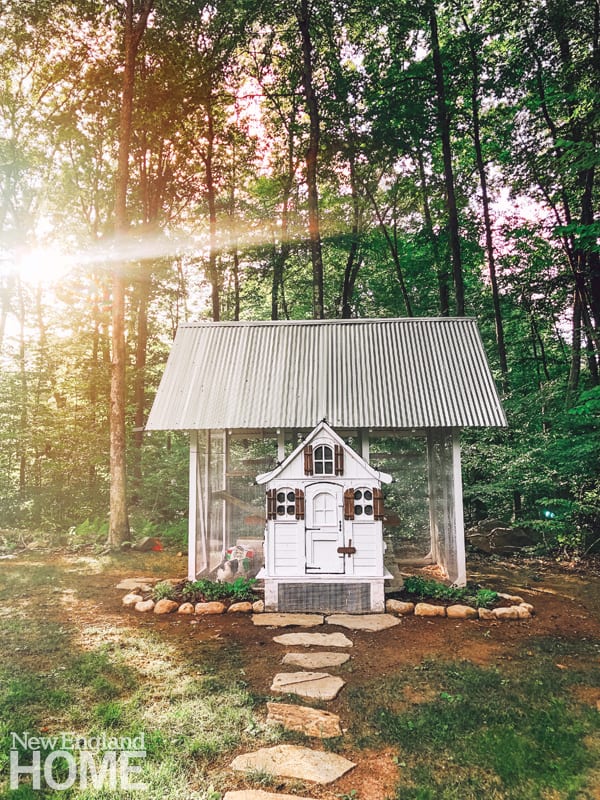
Moving from city to suburbs is an opportunity to connect with nature in ways only imagined amid concrete and the sound of car horns. But for those unaccustomed to dirt under their fingernails, a move to the country can be intimidating. Luckily, Connecticut is teeming with experts to help you reconnect with the wild side. Here are their suggestions.
 Grow Your Own
Grow Your Own
As the saying goes, there’s only one thing that money can’t buy—true love and homegrown tomatoes. For those with a black thumb or little time to cultivate, Homefront Farmers has the answer. The firm builds, plants, and maintains fenced-in, raised-bed edible gardens, and provides hands-on education to help busy homeowners navigate their personal grow-your-own journey. “One of the best parts of growing your own food is having crops or varieties that aren’t available in stores,” says co-owner John Carlson. “Striped yellow tomatoes, purple carrots, ground cherries, and more make gardening an adventure.”
Provide a Path
Insects are perhaps the most misunderstood of all living things, but they’re critical to our own survival. Making sure we have enough of them is the mission of Pollinator Pathways, a partnership of local conservationists dedicated to reestablishing natural corridors along which pollinators can travel through developed neighborhoods. Now twenty-seven communities in Connecticut and New York are registered as “pollinator pathways.” You can add your landscape to the cause by creating your own pesticide-free flower garden. Simply planting a few native flowers “helps to reestablish pathways for pollinators to travel by building pollinator-friendly habitats and food sources for bees, butterflies, hummingbirds, and other pollinating insects and wildlife,” organizers say.
Create a Buzz
Beekeeping is “a fascinating, hands-on hobby that engages both the mind and body,” say the folks at Back Yard Beekeepers Association. The nonprofit organization offers classes on how to raise bees, and their “Wannabee” program acquaints kids of all ages with the hobby. “There is no better way to introduce children to nature’s wonders than through the gentle honeybee,” instructors say.
 Light a Fire
Light a Fire
Nothing brings life to an outdoor gathering like a flickering fire, and Terrain offers a contemporary-styled collection of firepits, fire bowls, and chimineas in iron, steel, copper, and fiber-reinforced concrete. The lineup includes both wood-burning models (with coordinating log storage) and propane-fueled units (with matching covers to disguise the tank). Shooting stars and crickets are on the house.
 Find Your Zen
Find Your Zen
For those who prefer a quieter interaction with nature, Catharine Cooke and Ian Gribble of Spring Lake Garden Design have just the thing: a Zen garden based on the design principles of the Chinese cup garden. “This garden is circular and flowing with no front or back,” says Cooke. “It is carefully defined and inwardly focused, featuring garden vignettes within a larger, naturalistic landscape.” Songbirds sing backup in the adjacent, moss-lined forest floor by day, while fireflies illuminate the scene at night.
 Raise Chickens–With Style
Raise Chickens–With Style
If you picture a chicken coop as a shabby shack made of leftover planks, you’re in the wrong state. Here, you might do as Connecticut lifestyle blogger Lynzy Coughlin did and build an Instagram-worthy home for your feathered friends. Coughlin worked with landscape architect Brian Murphy of Torrison Stone & Garden to create “a chicken palace” surrounded by a lush living area of native fieldstone and shade-tolerant plants. “It’s important
to use plants that aren’t poisonous to chickens,” says Torrison showroom sales coordinator Kelly Eddinger, “so it helps to have a knowledgeable design team.”
Share
![NEH-Logo_Black[1] NEH-Logo_Black[1]](https://b2915716.smushcdn.com/2915716/wp-content/uploads/2022/08/NEH-Logo_Black1-300x162.jpg?lossy=1&strip=1&webp=1)
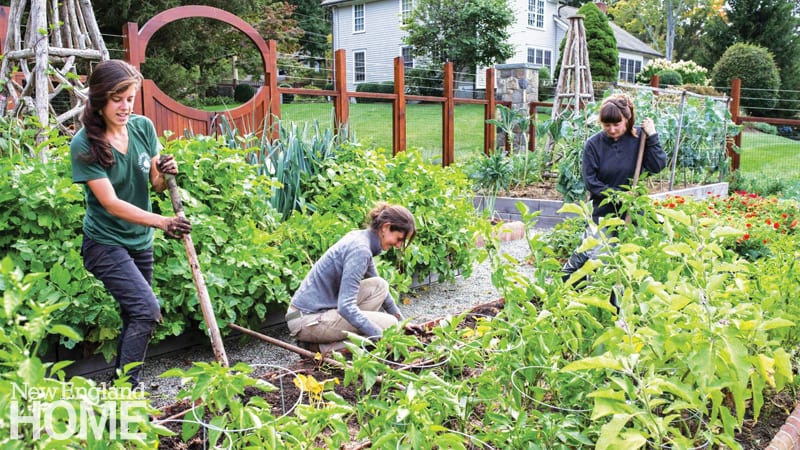 Grow Your Own
Grow Your Own



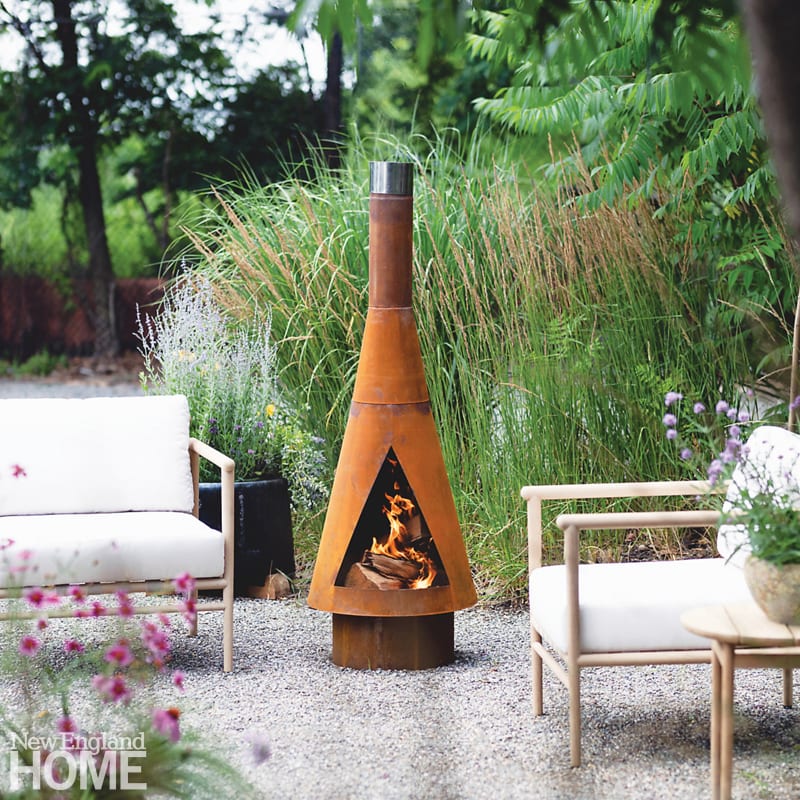 Light a Fire
Light a Fire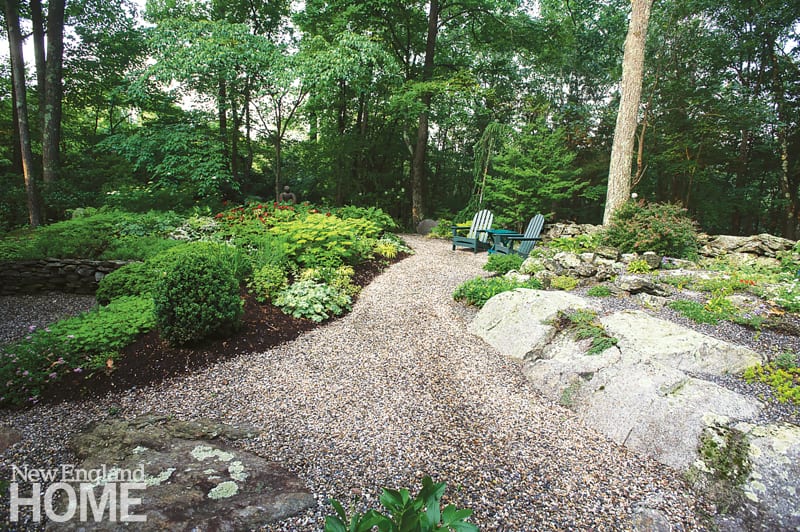 Find Your Zen
Find Your Zen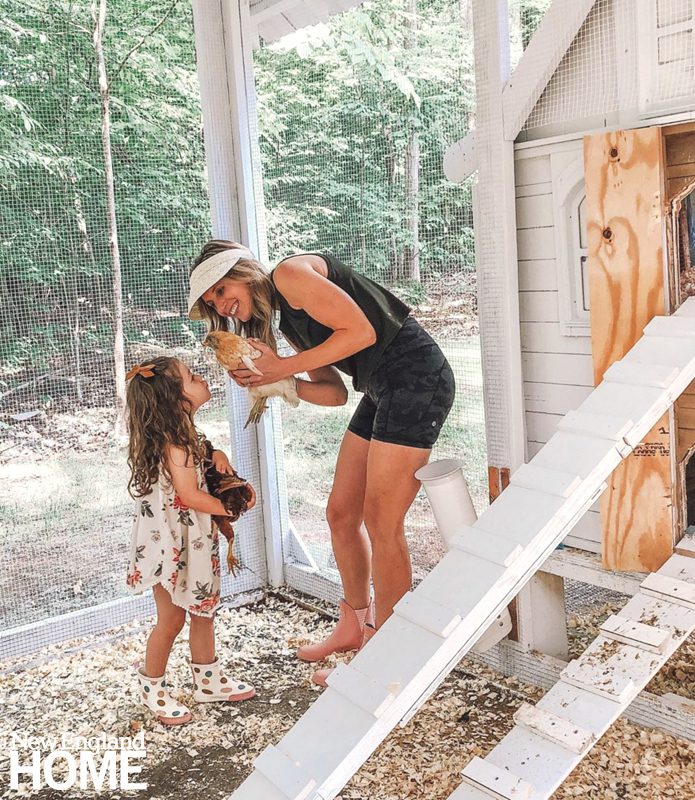 Raise Chickens–With Style
Raise Chickens–With Style



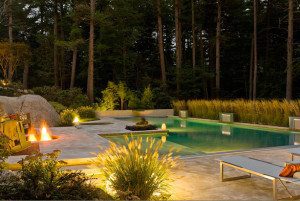


You must be logged in to post a comment.